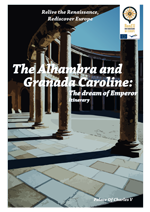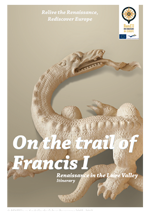The Nation-State
It was during the Renaissance that the great European national states were formed. The process was neither sudden nor by any means homogeneous, but was interwoven with the persistence of both small political units (as was the case in Italy) and real empires. The amazing geographical discoveries led, moreover, to the formation of great colonial empires, most notably those of Portugal and Spain. And it is expressly in the Spanish world that we can clearly see the formation of a modern national State along with the persistence of a multinational dimension, with a vast empire comprising both European and American territories. The birth of the national States is linked to a complex series of interwoven phenomena, such as the growing awareness of a population of its own national identity (and not on the strictly local level), or the establishing of a modern bureaucratic apparatus, which frequently constitutes the very heart of a State.
This journey backward in time toward the birth of the national State can provide us with elements for understanding the crisis it has undergone in the 20th and early 21st centuries through the progressive loss of sovereignty, with the great macro-economic decisions being taken by transnational organizations and powers, while the European Union struggles to become a great compact, supranational force.
Related itineraries
![]() The Alhambra and Granada Caroline: the dream of Emperor
The Alhambra and Granada Caroline: the dream of Emperor

The Alhambra itinerary allows us to take into consideration some elements essential to the birth of the modern Nation-State, as they developed in the particular historical situation of Spain. In examining the formation of some specific institutions, such as the Royal Hospitals or the High Court of Justice, we can see in their genetic stage some of the bureaucratic factors that constitute the basic structure, although not always immediately apparent, of modern States. One requisite of the Nation-State is the self-awareness of its population, and the Spanish sovereigns aimed to attain this result by symbolically choosing the recently reconquered Granada as their burial place.
![]() Monastery of Serra do Pilar: a window on Europe
Monastery of Serra do Pilar: a window on Europe

The issue of the birth of the modern Nation-State also plays an important role in the Monastery of Serra do Pilar itinerary, where we find tension between an increasingly more homogeneous European civilization and culture and the affirmation of the European nations and states as political entities possessing precise identities and acting independently.

The Loire Valley itinerary brings us to a crucial moment for the formation of the Nation-State in France. The reign of Francis I is distinguished by modern management of the State, which takes account of the profound changes occurring in French society. The administration of the State is in fact structured to favour the social rise of new groups coming from families of merchants and bankers, while the highest positions had previously been reserved to members of the ancient hereditary nobility.